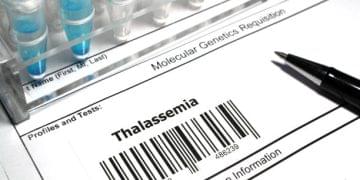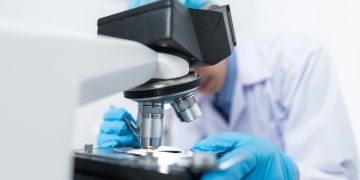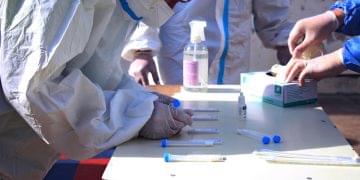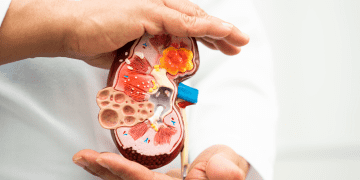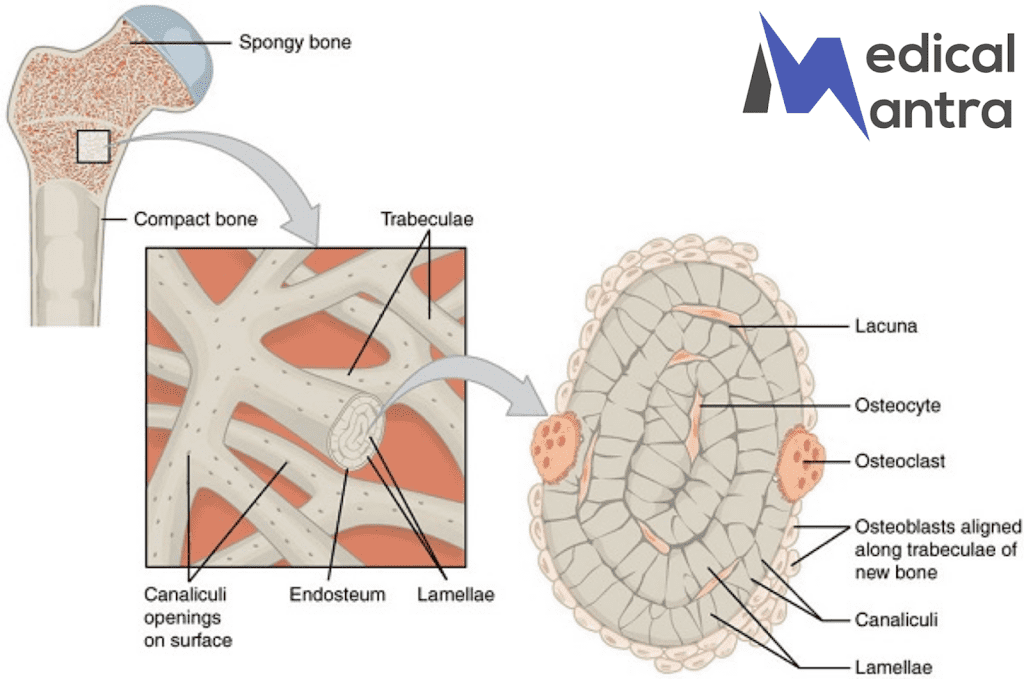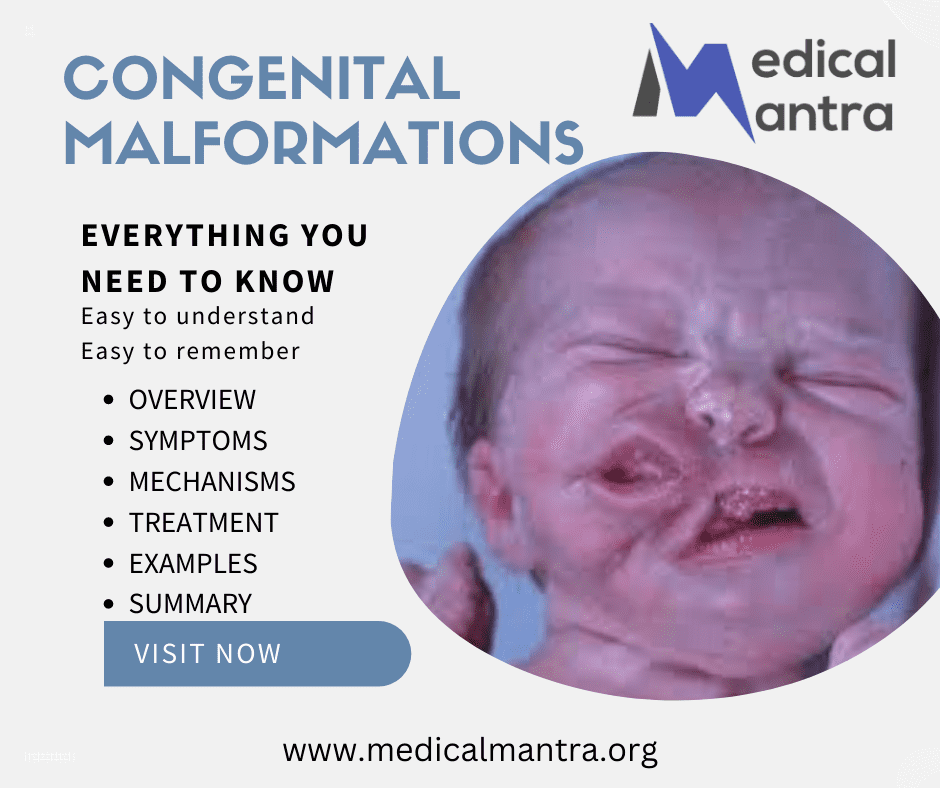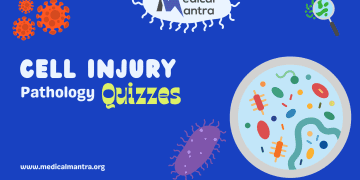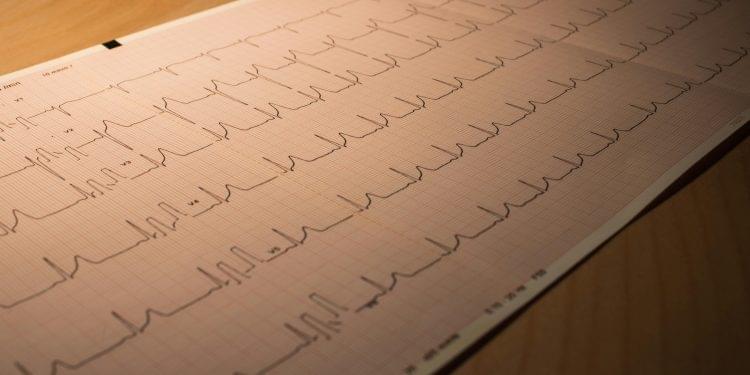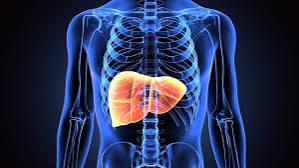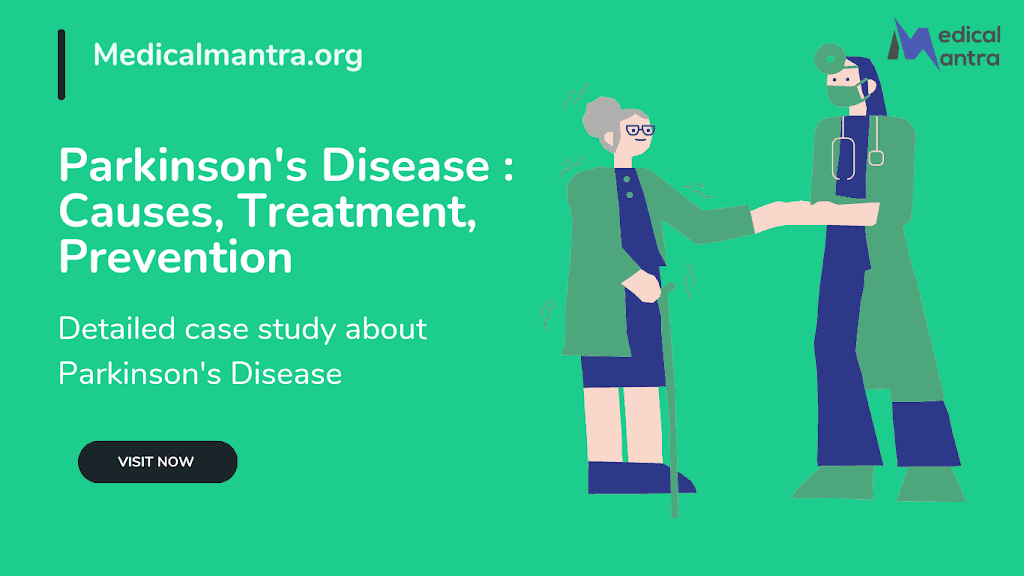Table of Contents
Introduction to Myocardial Infarction (Heart Attack)
Myocardial infarction, commonly known as a heart attack, occurs when one or more of the large epicardial coronary arteries become suddenly blocked for an extended period, usually due to a blood clot forming on a ruptured plaque. This blockage leads to a lack of oxygen in the heart muscle, causing damage and potentially life-threatening complications. The resulting tissue damage can impair the heart’s ability to pump blood effectively.
Causes and Risk Factors of Myocardial Infarction(heart attack)
Several factors contribute to the development of myocardial infarction, including:
- Hypertension
- High cholesterol levels
- Smoking
- Diabetes
- Family history of heart disease(genetic predisposition)
- Advanced age
These factors accelerate the formation of plaque within the coronary arteries, narrowing them and increasing the risk of plaque rupture and clot formation.
Symptoms of Myocardial Infarction(heart attack)
- Chest Pain: Severe, crushing, or squeezing chest pain is the hallmark symptom of MI. It may radiate to the left arm, neck, jaw, or back.
- Other Symptoms: Shortness of breath, nausea, vomiting, diaphoresis (profuse sweating), lightheadedness, and palpitations may also occur.
- Atypical Presentations: Some individuals, especially women, elderly, and those with diabetes, may present with atypical or subtle symptoms such as fatigue, weakness, or epigastric discomfort.
Diagnostic Evaluation of Myocardial Infarction
- Electrocardiogram (ECG): ST-segment elevation or new left bundle branch block on ECG is indicative of acute myocardial infarction.
- Cardiac Biomarkers: Elevated levels of cardiac biomarkers such as troponin and creatine kinase-MB (CK-MB) confirm myocardial injury.
- Imaging Studies: Echocardiography, coronary angiography, cardiac MRI, or CT angiography may be performed to assess myocardial function and coronary anatomy.
Management of Myocardial Infarction(heart attack)
- Reperfusion Therapy: Early restoration of blood flow to the affected coronary artery is essential to salvage viable myocardium and minimize cardiac damage. This may involve thrombolytic therapy or primary percutaneous coronary intervention (PCI).
- Medications: Antiplatelet agents, anticoagulants, beta-blockers, ACE inhibitors, and statins are commonly prescribed to reduce myocardial oxygen demand, prevent clot formation, and optimize cardiac function.
- Lifestyle Modifications: Smoking cessation, healthy diet, regular exercise, weight management, and stress reduction are crucial components of long-term management to prevent recurrent events.
What to do during a heart attack?
If you or someone else is experiencing symptoms of a heart attack, it’s crucial to seek emergency medical help immediately by calling emergency services (such as 911 in the United States). While waiting for help, it’s recommended to stay calm, sit or lie down, and chew and swallow an aspirin if advised by a healthcare provider.
Complications of Myocardial Infarction(heart attack)
- Arrhythmias: Ventricular arrhythmias, such as ventricular fibrillation, can lead to sudden cardiac death.
- Heart Failure: Extensive myocardial damage can impair cardiac function, leading to heart failure.
- Mechanical Complications: Rupture of the myocardium, papillary muscles, or interventricular septum may occur, resulting in cardiogenic shock or acute mitral regurgitation.
- Systemic Complications: Myocardial infarction can also lead to systemic complications such as stroke, renal dysfunction, and thromboembolism.
Prognosis
- The prognosis following myocardial infarction depends on various factors including the extent of myocardial damage, promptness of reperfusion therapy, presence of complications, and adherence to secondary prevention measures.
- Early recognition and intervention significantly improve outcomes, but myocardial infarction remains a leading cause of morbidity and mortality worldwide.
Keywords:
heart attack, acute myocardial infarction, cardiac arrest, heart disease, coronary artery disease, chest pain, heart attack symptoms, heart attack treatment, heart attack prevention, myocardial infarction causes, myocardial infarction diagnosis, myocardial infarction risk factors, heart attack emergency, heart attack recovery, signs of a heart attack, heart attack prevention tips, heart attack first aid
Related questions:
what is myocardial infarction, how is myocardial infarction diagnosed, what are the symptoms of a heart attack, what causes a heart attack, how to prevent a heart attack, what to do during a heart attack, can you survive a heart attack


